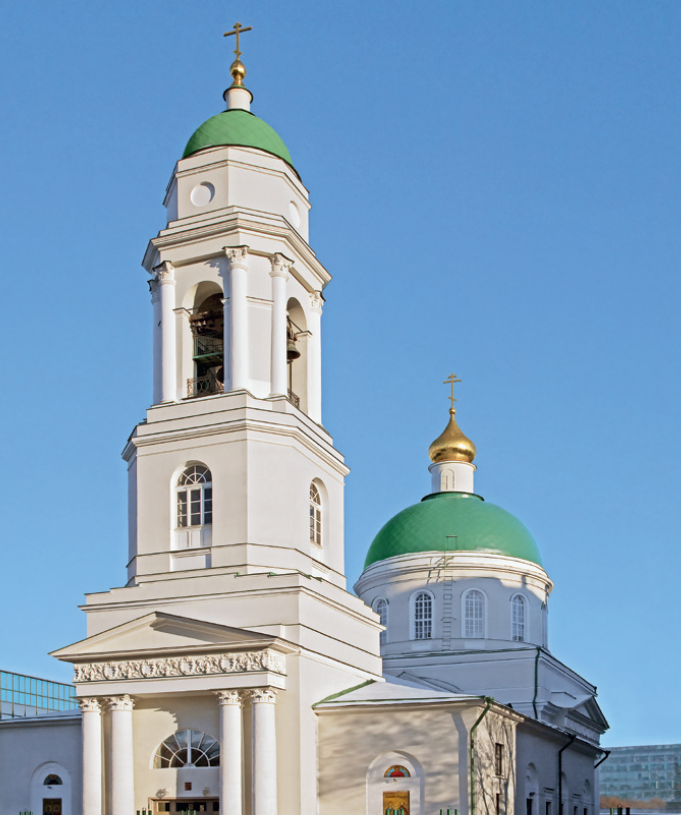Церковь Флора и Лавра была основана на Зацепе в 1625 году, когда ямщики переселились сюда с Полянки, создав Коломенскую-Ямскую слободу. Ямщики почитали святых Флора и Лавра, так как они считались покровителями домашних животных, особенно лошадей. Первоначально церковь была деревянной, но она сгорела в 1738 году.
На её месте в 1739 году построили новый каменный храм, освящённый в честь иконы Божией Матери «Всех скорбящих Радость». В XIX веке здание перестроили в стиле ампир. В 1835 году архитектор Константин Орденов перестроил колокольню, приделы и трапезную, а в 1861–1862 годах изменился и основной объём здания. В 1909 году добавили западные притворы.
В первые десятилетия советской власти храм использовали как склад церковных ценностей. В 1937 году службы прекратились, а здание превратили в фабрику металлографических и гравёрных работ. Вибрация оборудования и химические испарения нанесли серьёзный вред стенам и оставшимся росписям. В 1957 году были разрушены верхние ярусы колокольни. Лишь в 1991 году церковь вернули Русской православной церкви.















%20BEL_0521.jpg&w=1920&q=75)





